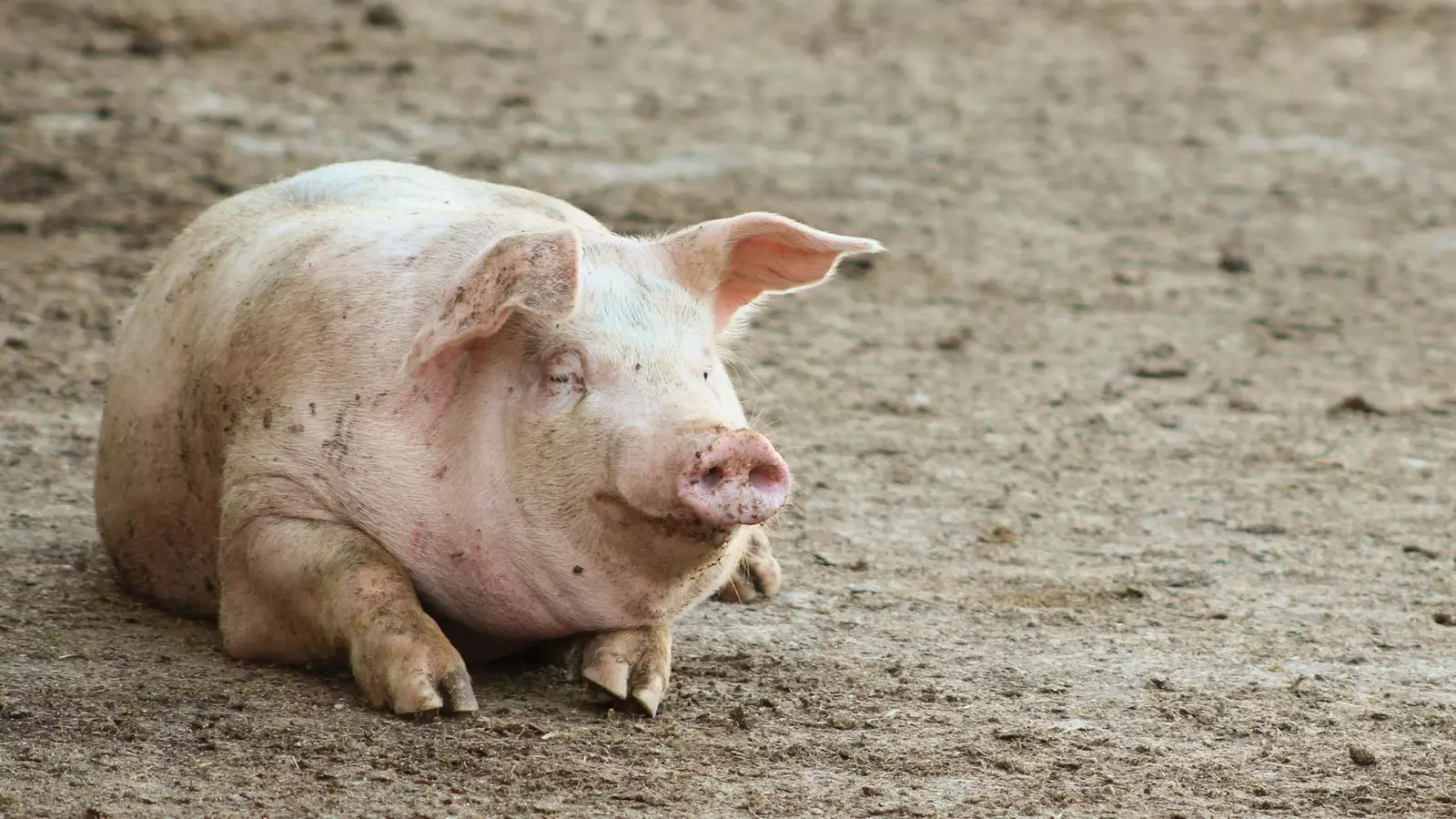In a recent development, a person in North Yorkshire has been diagnosed with a strain of flu similar to a virus circulating in pigs. This incident marks the first time the virus, known as influenza A(H1N2)v, has been detected in humans in the UK. The UK Health Security Agency (UKHSA) has been closely monitoring the situation and investigating the origins of the virus. This article delves into the details of this case and provides essential information for the general public.
The individual from North Yorkshire sought medical attention after experiencing breathing problems. As part of routine national flu surveillance, they were diagnosed with influenza A(H1N2)v. However, it remains unclear how they contracted the virus as they have no known exposure to pigs. Fortunately, the patient only experienced mild symptoms and has since fully recovered. Close contacts of the case are being traced and will be offered testing and treatment if necessary.
Since 2005, there have been 50 reported human cases of A(H1N2)v across the globe. However, this particular strain is considered distinct from previous cases. The UKHSA describes it as a “distinct clade” that differs from other reported human cases but shares similarities with viruses found in UK pigs. It is noteworthy to mention that a similar case involving an 18-year-old in the US who came into contact with pigs was reported in August. Fortunately, there was no human-to-human transmission, and no further cases were reported.
It is important to differentiate this strain, A(H1N2)v, from the infamous H1N1 virus that caused the swine flu pandemic in 2009. H1N1 contained genetic material from viruses circulating in pigs, birds, and humans. However, it is now referred to as a seasonal flu that affects humans. A(H1N2)v, on the other hand, is a subtype of the influenza A virus and normally circulates within specific species. It is not linked to bird flu, in particular the concerning H5N1 strain that has been known to transmit to mammals.
The UKHSA is closely monitoring the situation in North Yorkshire and intends to enhance flu surveillance in the area. Efforts are underway to determine the source of the virus and prevent further spread. The agency has also notified the World Health Organization (WHO) about this new case. As for individuals who may be experiencing symptoms, the UKHSA advises them to avoid contact with others, especially the elderly or those with existing medical conditions.
The detection of influenza A(H1N2)v in a human in the UK raises important concerns about potential cross-species transmission. While this case is isolated, it highlights the need for continuous monitoring of flu viruses and the importance of taking necessary precautions. Public health agencies, such as the UKHSA, play a vital role in ensuring the safety of individuals and preventing the spread of infectious diseases. Vigilance and adherence to public health guidelines will be crucial in minimizing the impact of such outbreaks.

Leave a Reply